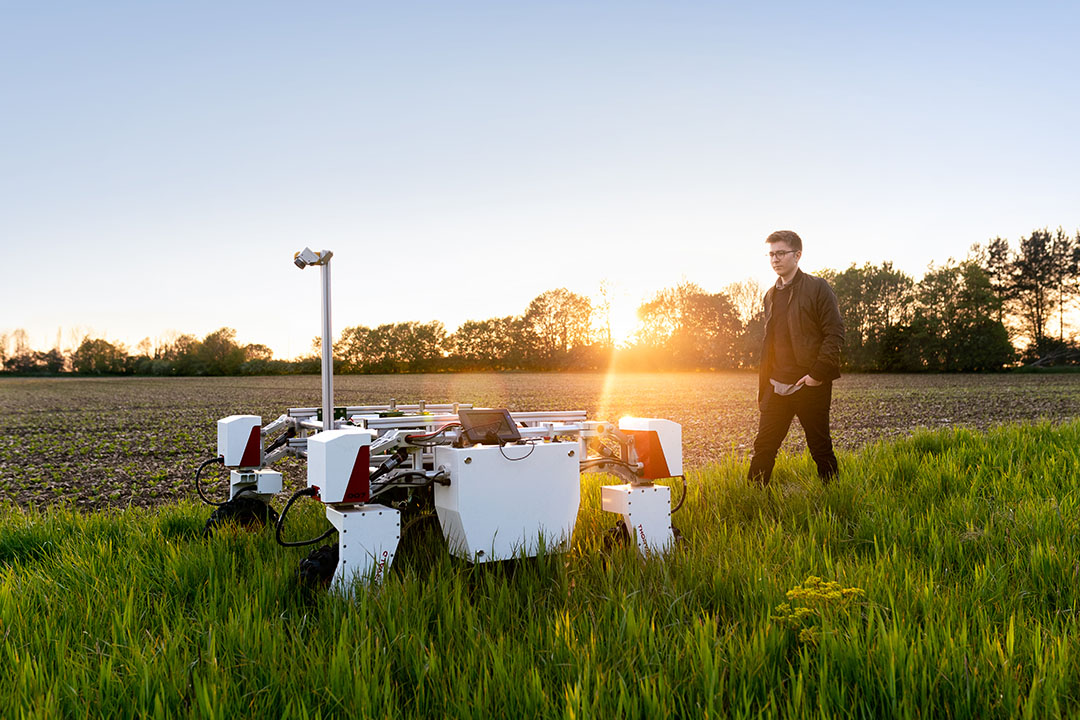Agriculture is arguably the most important industry in human history. It is the practice that converted us from small hunter-gatherer societies into the globe-spanning civilization we are today, and it is still the world’s largest industry in terms of the amount of people employed and the amount of products generated. It is an industry that everyone relies on every day. However, as the global population keeps growing, the demand for food and resources grows with it.
The earth’s population is currently growing at an average rate of one per cent per year. At this rate, the global population will surpass nine billion in less than 30 years from now.
To keep up with the increasing demands of a growing population, agricultural production has to either ramp up, thereby consuming more resources and leading to more environmental harm, or we have to come up with more efficient and sustainable methods that can be adopted at large scales.
The environmental impact of agriculture
According to the Food and Agriculture Organization (FAO) of the United Nations (UN), carbon dioxide emissions related to agriculture made up 17 per cent of global greenhouse gas emissions in 2018. While this was a decrease from 24 per cent in the 2000s, the reduction was also a result of a growth in emissions in other sectors and not just a total decrease in agriculture’s emissions.
Most of the farming and agricultural land used by humans is reserved to keep animals and livestock. Even more land is used to produce the food for that livestock.
In fact, according to National Geographic, only about 55 per cent of the world’s crops are used to feed people directly. The rest is used to feed livestock or turned into biofuels and other industrial products. Additionally, agriculture accounts for most of the water consumption on the planet.
How automation can help
Automation has been a key factor for progress since the dawn of the Industrial Revolution and it can make farming easier and more efficient; however, it will take more than simply automating tractors to truly reap the potential benefits of automation.
Truly effective automation will have to take into account the usage of resources and how to optimize yields. It would also have to reduce or ideally eliminate the usage of water, chemicals, and pesticides, which can potentially end up elsewhere in the food chain and cause harm to those who consume them.
This problem is a perfect candidate for the usage of artificial intelligence (AI) and systems based on a framework called the Internet of Things (IoT).
AI and IoT
IoT is essentially a system of operation where many smaller devices are connected in a network so they can communicate and perform complicated tasks as a larger unit. Connecting smaller devices that each perform a small task as opposed to constructing a large machine that does everything is more efficient, cost-effective, and easier to test and maintain.
Incorporating AI systems to IoT-based farming is already underway and its benefits are staggering. Artificial neural networks — systems that aim to simulate the way the human brain works and learns — can be leveraged to train machines to constantly monitor plants and ensure they’re growing in a favourable environment.
Of course, the big benefit of using these neural networks is that they can keep learning based on new input as they are put to work, so that they become more efficient and precise over time. Tests conducted by researchers in Riyadh, Saudi Arabia indicated a reduction of 25 per cent in water usage when using intelligent irrigation systems while maintaining similar crop yields to the control methods.
Going vertical
Using AI and IoT systems will only get us so far if we don’t also take into account the impact we’re having on the environment by modifying huge swaths of land. Our current agricultural system covers about 38 per cent of viable land, and an estimated 70 per cent of freshwater withdrawals are for crop irrigation.
The idea of vertical farming was developed to address this issue directly by growing crops in vertically stacked layers. Replacing traditional farms with vertical ones reduces the amount of land required, and introduces the possibility of integrating crop farming into buildings and urban spaces since vertical farming can be done indoors and requires very little water and no soil.
It’s clear that humanity will need to change the way we produce what we eat in the coming decades to accommodate the growing population and curb climate change. Fortunately, there’s plenty of technologies out there that can help.


